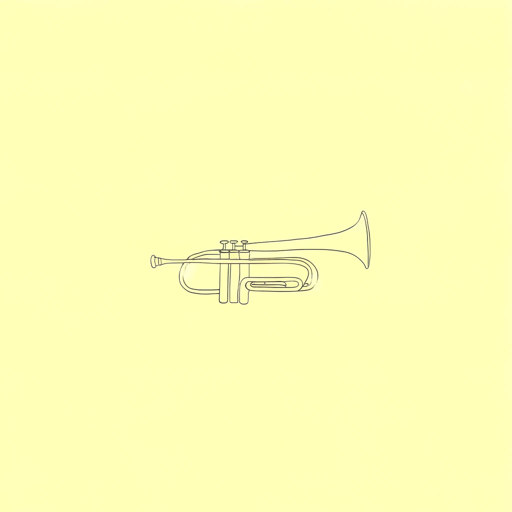18 pages • 36 minutes read
Claude McKayWhen Dawn Comes to the City
Fiction | Poem | Adult | Published in 1922A modern alternative to SparkNotes and CliffsNotes, SuperSummary offers high-quality Study Guides with detailed chapter summaries and analysis of major themes, characters, and more.
Themes
The Anxiety of Displacement
“When Dawn Comes to the City” is an example of the literature of the Black diaspora, creative works that anatomized the emotional, psychological, and spiritual impact of the scattering of African cultures around the world for more than four centuries largely through the institution of slavery.
Even as historians, sociologists, anthropologists, and economists have tracked the migration routes of African exiles, creative writers have looked into the impact of the displacement of Africans to America and what happens to the integrity of racial and ethnic identity when a person lives in a different (inevitably hostile) environment. Indeed, McKay’s own family roots traced back to different areas of Africa and then to the Caribbean and now, within the narrative present of the poem, in New York City.
Rather than reflecting the expansive rush of being part of a global community, his identity forever evolving and defined only by an elusive horizon, the poet here taps into the anxiety of displacement, the feeling of identity lost not expanded, the feeling of the self alone, not magnified; alienated, not embraced.
The speaker is that classic expression of diaspora literature: a stranger in a strange land. Stanzas 2 and 4 capture the kinetic confusion of life in the Caribbean burst with a sense of vividness.
Related Titles
By Claude McKay

America
Claude McKay

Home To Harlem
Claude McKay

If We Must Die
Claude McKay

Joy in the Woods
Claude McKay

The Harlem Dancer
Claude McKay

The Lynching
Claude McKay

The Tropics in New York
Claude McKay

The White House
Claude McKay

To One Coming North
Claude McKay

